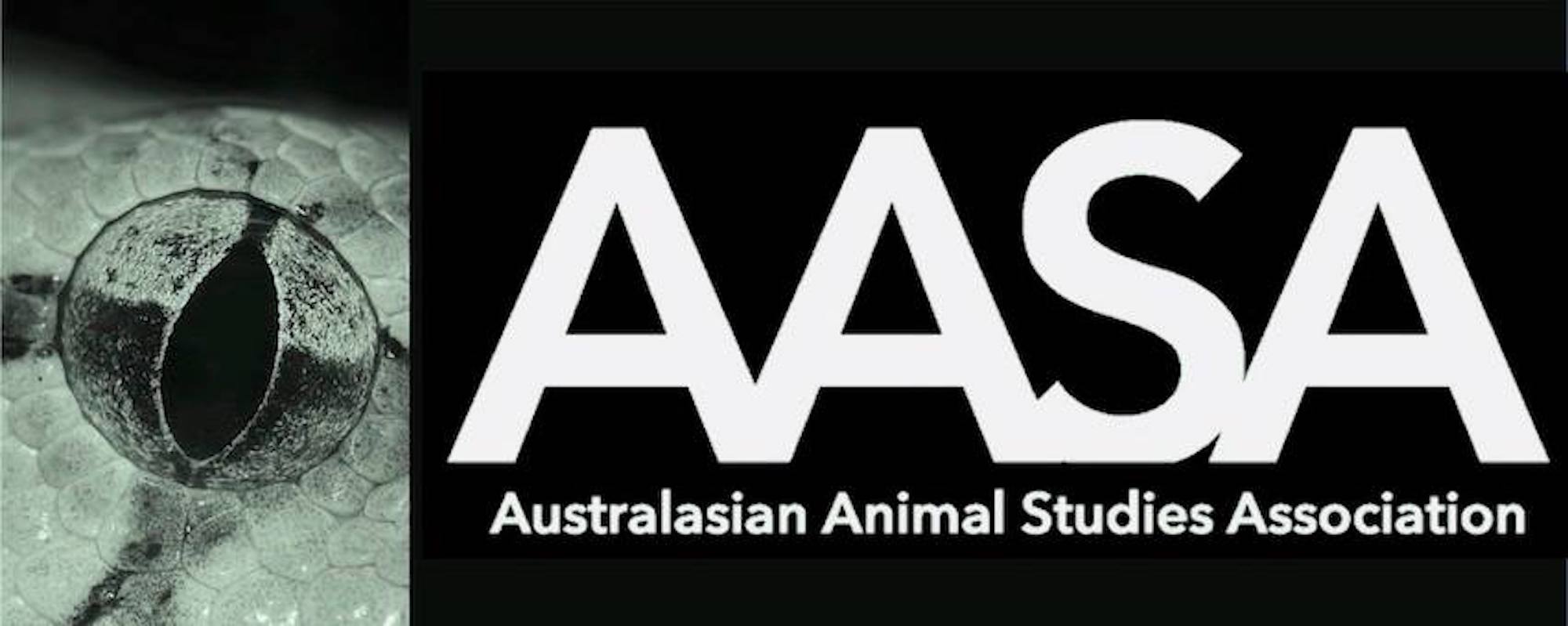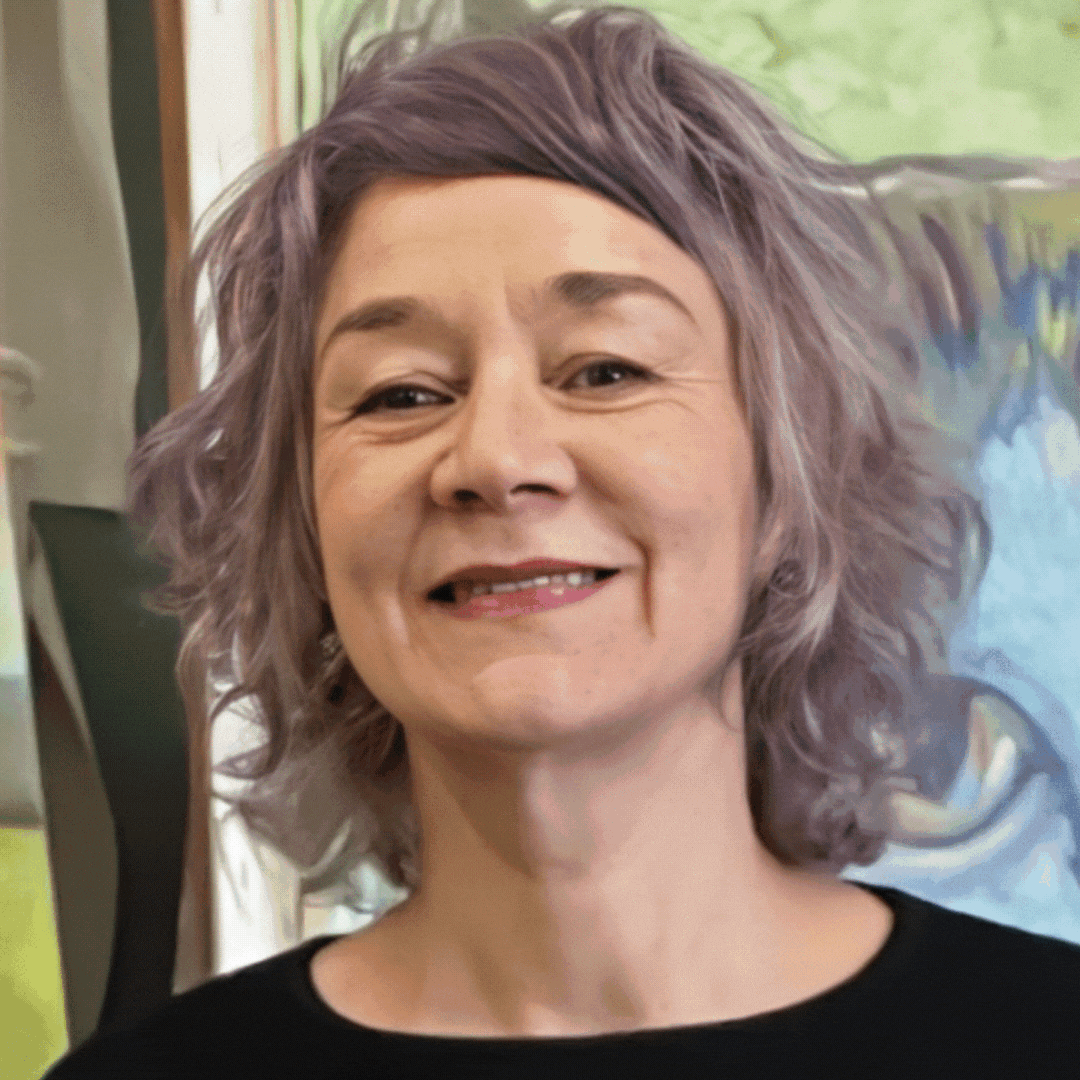From Celebrity Selfies to Sadistic Cruelty: The Paradoxical Life of Rottnest Island’s Quokkas
Author: Donelle Gadenne
Use a popular internet search engine to type in ‘quokka’ and you will discover a plethora of stories about a species of small marsupial inhabiting Rottnest Island (Wadjemup), situated approximately 18 kilometres from Perth, Western Australia. These stories, at present, comprise an even split between the quokka selfie trend, with ‘selfie’ images being shared by the likes of celebrities such as Hugh Jackman (type ‘quokka selfie’ to view images and prepare to be astonished at the sheer volume of results!), and news stories about horrific acts of wanton cruelty perpetrated against these friendly, furry animals.
For those unfamiliar with the quokka’s backstory, in 1696, Dutchman Willem de Vlamingh saw quokkas and mistook the animals for large rats and so named the 19km square island ‘Ratte nest’, which translates from Dutch to mean ‘rat’s nest’. Over time, the island’s name became known as ‘Rottnest’. It is said that Vlamingh deemed Rottnest Island “A paradise on Earth,” and popular tourism websites such as Lonely Planet and Trip Advisor still use the paradise analogy to promote the popular holiday, recreation and party hotspot. Rottnest Island receives between 450,000 – 500,000 visitors annually, comprising families, couples, adventure enthusiasts and whale watchers, and it is a popular destination for large, annual events such as ‘Leavers’, an end-of-school celebration associated with heavy drinking, drug use and antisocial behavior and ‘Rottofest’, a licensed comedy and music festival.
Rottnest has a history that reveals it to be both a perilous place and an island paradise. While today, hundreds of thousands of people seek to play, relax and enjoy the scenery and seclusion there, the island has a cruel history that, I will argue shortly, remains a cruel present. For near a century after 1838, the island housed a prison for Aboriginal males, during which time many died from disease and five individuals were hung. From 1881 until 1901, the island served as a delinquent boys’ reformatory and as an internment or prison camp during the first and second world wars. So while this land mass is viewed as a paradise on Earth today for the tourists and locals who visit for pleasure, it must have epitomized hell on Earth for the many once confined there with no option to leave.
For the quokkas confined to the island, for whom Rottnest constitutes their home, in accordance with history, it remains a perilous paradise. Indeed since predation and habitat loss caused their population on the Western Australian mainland to dwindle, Rottnest has become the primary habitat for the planet’s remaining quokka population. They have fared far better living on the island because the offshore location has protected them from nonhuman mainland predators such as foxes; but sadly, human predators continue to ensure they are not safe, even there.
I first heard the phrase ‘Quokka Soccer’ as a teenager growing up in Perth in the 1990s. Disturbingly, to this day, the online urban dictionary reproduces the phrase defining it as referring to “The sport of kicking a rare Australian native marsupial (found principally on Rottnest Island); the Quokka, much like a soccer ball”. One might think that the playing of such a shockingly cruel ‘game’ is meant to be taken as a joke, but this is not the case.
Quokka cruelty comes in various forms and is regrettably a recurring problem for the quokkas on Rottnest. A police cracked down on acts of violence leading the injury and death of nine quokkas on Rottnest Island in 1998 lead to greater supervision of school leavers who, at that time, considered kicking a quokka a “rite of passage”. Yet quokka cruelty did not cease to occur. In January 2003, it was reported that the ‘game’ of ‘quokka soccer’ resulted in the brutal death of eight resident quokkas on Rottnest Island. Quokka hockey was the next “cruel craze” to follow and greater fines for acts of animal cruelty perpetrated against quokkas ensued. Sadly, quokka cruelty continues. In February 2015, five quokkas were found dead having been “stuffed head-first into tree protectors” on the island. There have been additional cases of extreme quokka cruelty. For example, in April 2015 two French tourists were caught and fined $4000 each for attempting to set a Quokka on fire using a deodorant can and a lighter. In December 2015, a man was charged $2500 for kicking a Quokka who was sitting peacefully on a Rottnest Island road.
In response to repeated acts of quokka cruelty, financial penalties are being imposed on individuals convicted of harming or killing quokkas (although I dread to think how many abusers are not caught). We could, in my opinion, do more to protect these vulnerable marsupials. Firstly, the maximum penalty allowed under the law needs to be imposed to punish those who wantonly torture and kill quokkas (and all other nonhuman animals for that matter). Since the maximum penalty for harming a quokka is currently $50,000 (new legislation could see the penalty raised to $300,000), it seems largely ineffectual as a deterrent to others when convicted quokka abusers are only fined a few thousand dollars.
Secondly, while a jail sentence is arguably a fitting punishment for sadistic animal abuse, individuals should be made to undergo mandatory counselling to determine the cause of their lack of empathy and to manage or treat the underlying issue. The link between violence against nonhuman animals and interpersonal violence is widely accepted and well researched. Receiving fiscal punishment and no psychological counselling surely raises the probability of individuals reoffending again. These people need support alongside sanctions.
Extending protection to quokkas under conservation legislation is apparently not enough to deter some people (primarily young men or intoxicated people) from harming these rare marsupials. Yet, while they are rare, this is not the only reasons to improve our protection of quokkas. They are sensitive social animals who matter in their own right, independent of their value or importance in human terms as tourist attractions or tools for tourists’ enjoyment. The media’s encouraging people to travel to Rottnest to take a selfie with a quokka, the so-called “happiest animal in the world” is potentially dangerous. The organisers of Rottofest should not endorse on their website revellers obtaining quokka selfies. The use of catch phrases such as “getting blotto on Rotto” to attract people to drink to excess on the island is irresponsible in light of our awareness that alcohol consumption puts quokkas at greater risk of being harmed or killed, especially when revellers are being encouraged to seek these animals out and interact with them. It seems that any form of human-quokka interaction at present is highly risky and problematic; we are encouraged to find and befriend these animals, which only teaches them to trust us. Our history with quokkas is shot through with deliberate attacks on these defenceless creatures whose trust we have solicited and then betrayed. Thus, my final suggestion is that we need to urgently formulate better strategies for protecting quokkas before they are harmed, rather than ineffectually punish criminals after a heinous act of cruelty is committed. I am suggesting that perhaps we should cease – or severely restrict – all nonessential interaction with wild quokkas.
I want to acknowledge that there are many resources currently employed to help protect quokkas on Rottnest Island, such as camera surveillance, on-call rangers and night-time security patrols, but these strategies are limited in their capacity to prevent wanton quokka cruelty. I don’t have all the answers, and I am deeply saddened by the prospect of Rotto’s quokkas existing beyond protective fencing for their own safety. Rottnest is their island, their one and only home, after-all.
Donelle Gadenne has a Masters degree in English and is an independent Critical Animal Studies scholar.


